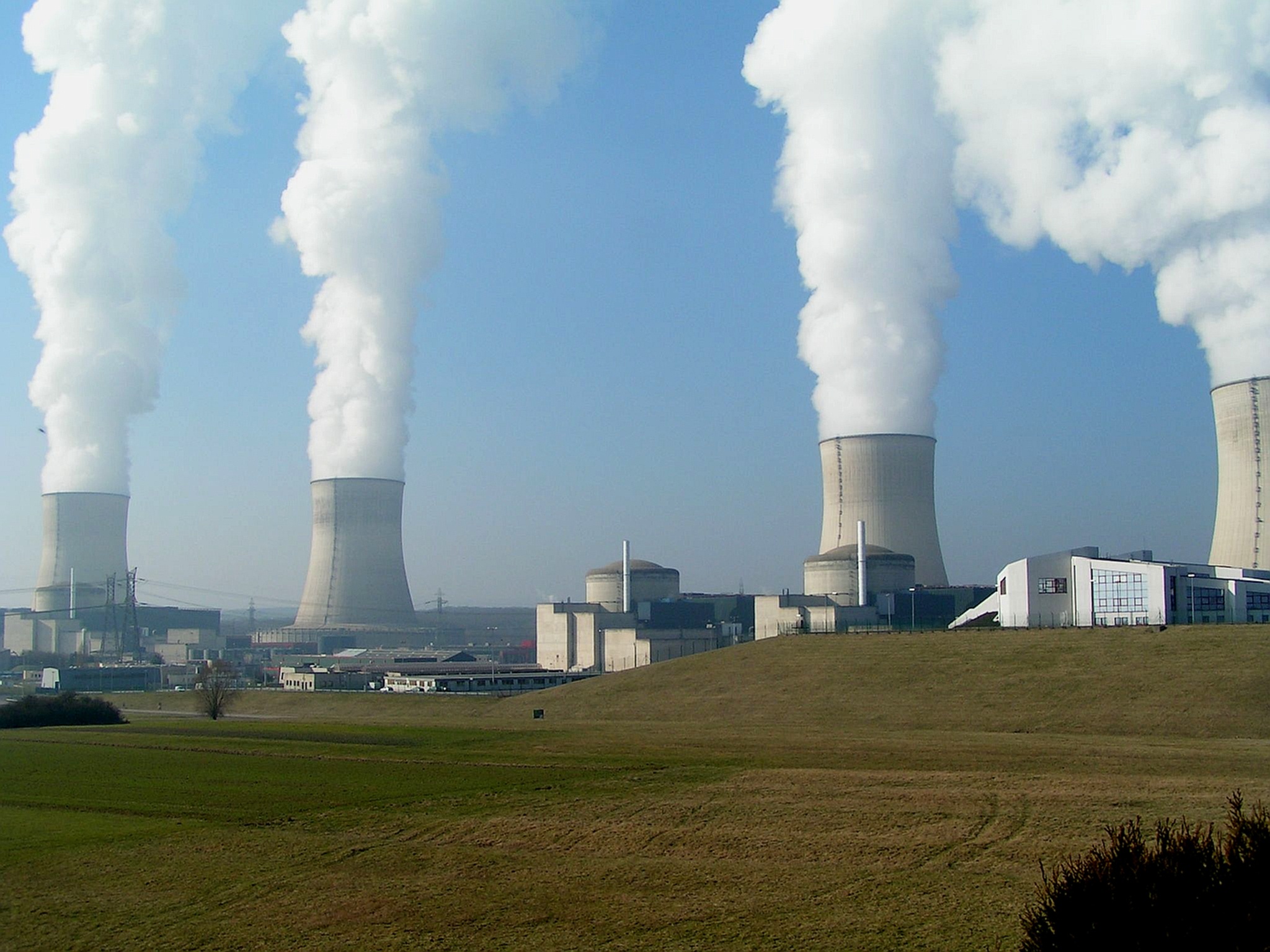Nuclear physics and chemistry, while interrelated disciplines, present distinct arenas of inquiry that illuminate the fundamental workings of matter. To draw an analogy, one might liken nuclear physics to the roots of a towering oak, hidden yet crucial to the tree’s survival, while chemistry resembles its sprawling branches, adorned with twinkling leaves. This metaphor encapsulates the divergence in focus and methodology inherent in each field while hinting at their interconnectedness, where understanding one often enriches the other.
The nucleus of an atom, comprised of protons and neutrons, operates under the laws of nuclear physics. Conversely, chemistry predominantly concerns itself with the entire atom, incorporating electrons, and the intricate interactions amongst atoms that give rise to molecular structures and compounds. The distinction in scale is paramount. Where nuclear physics scrutinizes the subatomic realm, chemistry tends to thrive in the macroscopic world, interpreting the behaviors and properties of diverse substances formed by elemental compositions.
A comprehensive understanding of nuclear physics is crucial for grasping certain aspects of chemistry. For example, in nuclear chemistry—an intersection of the two fields—scientists explore the chemical properties and behaviors of radioactive materials. This realm is rich with implications, ranging from medical applications, such as radiotherapy and diagnostic imaging, to the challenges of nuclear waste management. Thus, the intricate dance between nuclei and electrons becomes evident in the practical applications that govern our daily lives.
The forces governing atomic structure accentuate the interplay between nuclear physics and chemistry. Strong interaction, the fundamental force that binds protons and neutrons within the nucleus, contrasts starkly with electromagnetic forces, which govern the attraction and repulsion between charged particles, such as electrons and nuclei. While nuclear physics delves into the stability and reactions of heavy isotopes through processes such as nuclear fission or fusion, chemistry frequently manifests these subtleties in the form of chemical reactions, governed by valence electrons and the periodic trends that dictate element behavior.
Another pivotal distinction lies in the measurement and quantification of phenomena. Nuclear physicists often utilize specialized instruments, such as particle accelerators and nuclear spectrometers, to probe the properties of atomic nuclei. These advanced technologies illuminate the behavior of matter at energies and scales far removed from everyday human experience. In contrast, chemists typically employ spectroscopic techniques, chromatographic separations, and titrations to elucidate chemical structures and reaction mechanisms, all grounded in observable macroscopic changes.
Moreover, the methodologies employed by both fields reflect deeper philosophical underpinnings. Nuclear physics often finds itself engaged in a theoretical discourse rooted in mathematical elegance, seeking to understand cosmic phenomena from stellar nucleosynthesis to elusive particle interactions unraveling within unexplored dimensions. The mathematics provides an undercurrent of predictability amidst chaotic interactions, transforming abstract theory into empirical reality.
Chemistry, by comparison, adopts a more empirical approach. It emphasizes rigorous experimentation and observation, relying on the meticulous construction of hypotheses and empirical data to decipher the complexities of chemical processes. As chemists synthesize new compounds or explore reaction pathways, they embody the practical application of theoretical knowledge, often facing the unpredictable nature of chemical research, where serendipity is as significant as calculated design.
Both fields, despite their divergent methodologies, contribute profoundly to our understanding of the universe. Nuclear physics elucidates the forces that govern stellar evolution, the generation of energy in stars, and the creation of elements during supernovae. This interpretation enhances our comprehension of the cosmos while feeding into chemical models that describe the life cycle of elements on Earth, illuminating their synthesis and transformation through various processes.
Furthermore, consider the role of isotopes—nuclides with the same number of protons but differing neutron counts—as a fascinating nexus between the two disciplines. Isotopes are not only vital for nuclear applications, such as dating archaeological finds through carbon-14 methods but also serve as tracers in chemical experiments, revealing pathways of reaction and interaction. The divergence and convergence of these applications illustrate a compelling narrative of interdisciplinary synergy, inviting complexity and collaboration.
Finally, the philosophical implications of nuclear physics and chemistry warrant consideration. Each field poses existential questions about matter, energy, and the very essence of reality. Nuclear physics beckons us to contemplate the fundamental building blocks of the universe, unlocking the secrets of both creation and destruction. Chemistry, conversely, invites us to marvel at the variety of substances that emerge from elemental combinations and the implications of these transformations for life itself.
In conclusion, while nuclear physics and chemistry might be delineated by their scales, methodologies, and foci, they ultimately converge in a broader understanding of matter and energy. Each discipline, with its unique appeal—and guided by a profound curiosity—invites inquiry, nurturing our desire to comprehend the intricate workings of our universe. Like the enduring oak, with its roots delving deep and branches soaring high, the interdependence of nuclear physics and chemistry fosters a rich landscape of scientific exploration, where the mysteries of the atomic world await our investigation.












